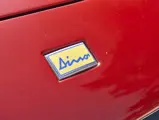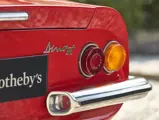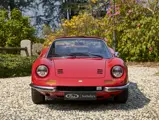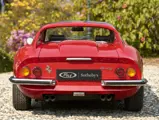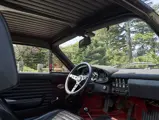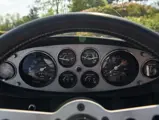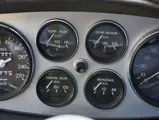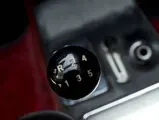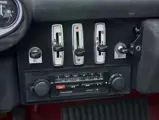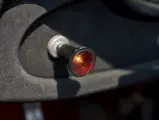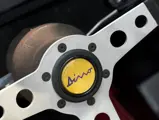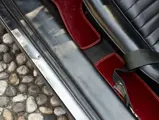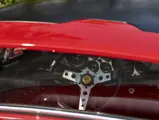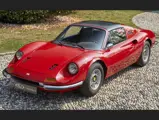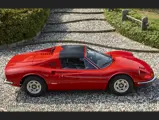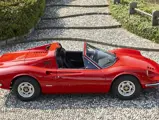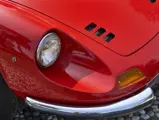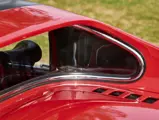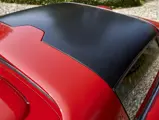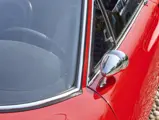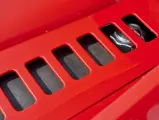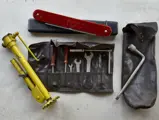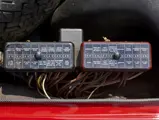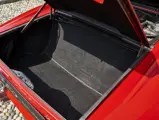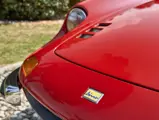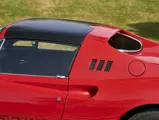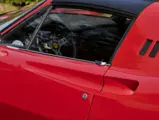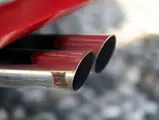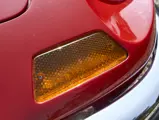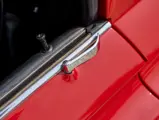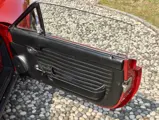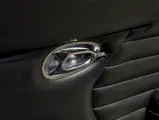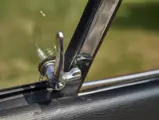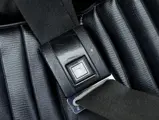
1973 Ferrari Dino 246 GTS by Scaglietti
{{lr.item.text}}
€380,000 - €420,000 EUR | Not Sold
{{bidding.lot.reserveStatusFormatted}}
- Desirable European specification "E-Series" example
- Delivered new to Wolfgang Denzel an official dealer in Vienna, Austria
- Originally finished in Argento over black
- Matching-numbers powertrain
- Bell’esemplare della “Serie-E” con specifiche Europa
- Consegnato nuovo a Wolfgang Denzel, rivenditore ufficiale a Vienna, Austria
- Originariamente finita in Argento su nero
- Motore e cambio originali, con i numeri corretti
The late 1960s was the dawn of the mid-engine sportscar era. Ferruccio Lamborghini had staked the future of his company on the Miura and whilst Enzo Ferrari was reluctant to follow suit, for fear of his customers having brand-damaging accidents caused by the unfamiliar handling characteristics, his hand was forced by a desire to compete in Formula 2 under the Dino brand.
There was a complication, though: a requirement introduced for the 1967 season which stipulated that every engine supplier had to produce at least 500 road-going variants of their engine in a 12-month period. Although it was unthinkable that the Dino team would use a customer engine, Enzo Ferrari simply didn’t have the production capability to satisfy this requirement and so he went to Fiat for assistance. This resulted in the two automotive giants signing an agreement that would see Fiat produce a road-going variant of the V-6 engine in sufficient quantities to allow Ferrari to make his Dino Formula 2 team a reality. The significance of the project was all the more poignant given that the engine had been initially developed in 1.6-litre guise by Ferrari's late son Alfredino “Dino” Ferrari, shortly before he succumbed to muscular dystrophy at just 24 years old.
To accommodate the engines, Fiat produced the Dino Spider and Dino Coupe and Ferrari elected to install it in the stunningly beautiful Dino 206 GT, which was launched at the Turin Motorshow in 1967. The Pininfarina design was not only attractive but also extremely capable, with its 2.0-litre transversely mounted V-6 producing a healthy 180 brake horsepower to propel the lightweight chassis to a top speed of over 140 mph. It was in the corners, though that the Dino really excelled, and there were very few cars at the time that could run with it when the going got twisty, no matter how powerful they were.
The 246 GT that followed in 1969 was an evolution of the 206 GT; its 60-milimeter longer wheelbase improved refinement and the enlarged 2.4-litre version of the V-6 engine more than compensated the extra weight incurred by the switch to steel coachwork. Over the following five years 2,295 coupes were built alongside a further 1,274 GTS spiders, which featured a removable targa-style roof.
This particular example is one of the latter type and was delivered to the official Ferrari dealer Wolfgang Denzel in Vienna, Austria in January 1973. Its first owner was a Peter Mayer, a lawyer and industrialist resident in Graz, who owned the car from 1974 to 1978, after which it was acquired by Fredy Kumschick, a Lotus collector and automobile dealer from Nebikon, Switzerland. Between 1978 and 1985 it underwent a full restoration and a colour change from its original Argento Metallizzato to Rosso Corsa, whilst the cabin was also fully retrimmed in Nero with red carpeting.
Following the restoration, it had two further Swiss owners before being sold in 1989 at the Orion Solo Ferrari auction in Monaco and since then it has spent the majority of its time in Italy. The Ferrari Classiche Vehicle Production Data letter confirms its original colour combination of Grigio Argento 106-E-1 Salchi over Nero 161, as well as its matching-numbers powertrain. It presents in lovely condition and being a late-example, it benefits from all the subtle upgrades that went into the "E-series" cars, including various minor improvements to the engine and gearbox, as well as a 30-milimeter increase in rear track; five-bolt fixing for the road wheels; internal boot release and seat-mounted headrests. They were the last of the Dinos and were built from late 1971 to 1974.
Few cars elicit the emotion of a Dino and it is the unofficial genesis of a dynasty of mid-engine Ferraris that continues to this day. Equally desirable as a weekend toy or to add to an existing collection, this example is sure to provide enormous enjoyment to its new owner for many years to come.
La fine degli anni '60 ha visto la nascita dell’era delle auto sportive a motore centrale. Ferruccio Lamborghini aveva puntato il futuro della sua azienda sulla Miura mentre Enzo Ferrari era riluttante a seguirne l'esempio, per paura che i suoi clienti avessero incidenti con possibili danni al marchio causati da caratteristiche di manovrabilità a loro non familiari. A farlo cedere, il desiderio di competere in Formula 2 con il marchio Dino.
C'era, però, una complicazione: un requisito introdotto per la stagione 1967, stabiliva che ogni fornitore di motori doveva produrre almeno 500 unità stradali del proprio propulsore, in un periodo di 12 mesi. Sebbene fosse impensabile che il costruttore che aveva creato il motore Dino utilizzasse un motore diverso, Enzo Ferrari semplicemente non aveva la capacità produttiva per soddisfare questa esigenza. Si è così rivolto alla Fiat per assistenza. Ciò ha portato i due giganti automobilistici a firmare un accordo che vedeva la Fiat produrre una variante stradale del motore V-6 in quantità sufficienti per consentire alla Ferrari di trasformare in realtà il suo team Dino di Formula 2. Il significato del progetto era, per Enzo Ferrari estremamente toccante dato che il motore era stato inizialmente sviluppato in versione 1.6 litri dal suo defunto figlio Alfredino "Dino" Ferrari, poco prima di soccombere, a soli 24 anni, alla distrofia muscolare.
Per utilizzare i motori, la Fiat produsse la Dino Spider e la Dino Coupé mente la Ferrari scelse di installarlo nella bellissima Dino 206 GT, presentata al Salone dell'Automobile di Torino del 1967. Il design Pininfarina non era solo attraente ma anche estremamente valido, con il motore V-6 da 2,0 litri da 180 CV, montato trasversalmente, capace di spingere la leggera vettura ad una velocità massima di oltre 220 km/h. Era nelle curve, però che la Dino eccelleva davvero e, all’epoca, c'erano pochissime auto in grado di starle vicino su una strada tortuosa, a prescindere dalla potenza del loro motore.
La 246 GT che seguì nel 1969, fu un'evoluzione diretta della 206 GT; il suo passo più lungo di 60 mm l’ha resa ancora migliore mentre la versione ingrandita, ora da 2,4 litri, del motore V-6 ha più che compensato il peso extra sostenuto dal passaggio alla carrozzeria in acciaio. Nei successivi cinque anni furono costruite 2.295 Berlinette insieme ad altre 1.274 GTS spider, che presentavano un tetto rimovibile in stile Targa.
Questo specifico esemplare è uno di quest'ultima versione ed è stato consegnato al concessionario Ferrari ufficiale Wolfgang Denzel a Vienna, Austria, nel gennaio del 1973. Il suo primo proprietario era un certo Peter Mayer, avvocato ed industriale residente a Graz, che è rimasto proprietario dell'auto dal 1974 al 1978, per poi venderla a tal Fredy Kumschick, un collezionista Lotus e rivenditore di automobili di Nebikon, Svizzera. Tra il 1978 e il 1985 la vettura ha subito un restauro completo ed un cambio di colore passando dall'originale Argento Metallizzato al Rosso Corsa, mentre l'abitacolo è stato completamente rivestito in Nero con moquette rossa.
Dopo il restauro la 246 GTS ha avuto altri due proprietari svizzeri prima di essere venduta, nel 1989, all'asta di Orion “Solo Ferrari” di Monaco e, da allora ha trascorso la maggior parte del suo tempo in Italia. La lettera contenente i dati di produzione del veicolo rilasciata da Ferrari Classiche conferma la combinazione di colori originale di Grigio Argento 106-E-1 Salchi su Nero 161, così come il motore e cambio ancora originali e con i numeri corrispondenti. Si presenta in ottime condizioni e, essendo un esemplare dell’ultima serie, beneficia di tutti i piccoli aggiornamenti che sono stati apportati alle “auto della serie E '', inclusi quelli al motore e al cambio, l’aumento di 30 mm della carreggiata posteriore, il fissaggio con cinque bulloni per le ruote, lo sblocco interno del bagagliaio ed i poggiatesta installati sul sedile. Erano le ultime Dino e, sono state prodotte tra la fine del 1971 ed il 1974.
Poche auto suscitano l'emozione di una Dino, la capostipite non ufficiale, di una dinastia di Ferrari a motore centrale che continua ancora oggi. Altrettanto desiderabile sia come giocattolo da utilizzare nei soli fine settimana sia come vettura da aggiungere a una collezione esistente, questo esemplare potrà assicurare un grande divertimento al suo nuovo proprietario per molti anni a venire.
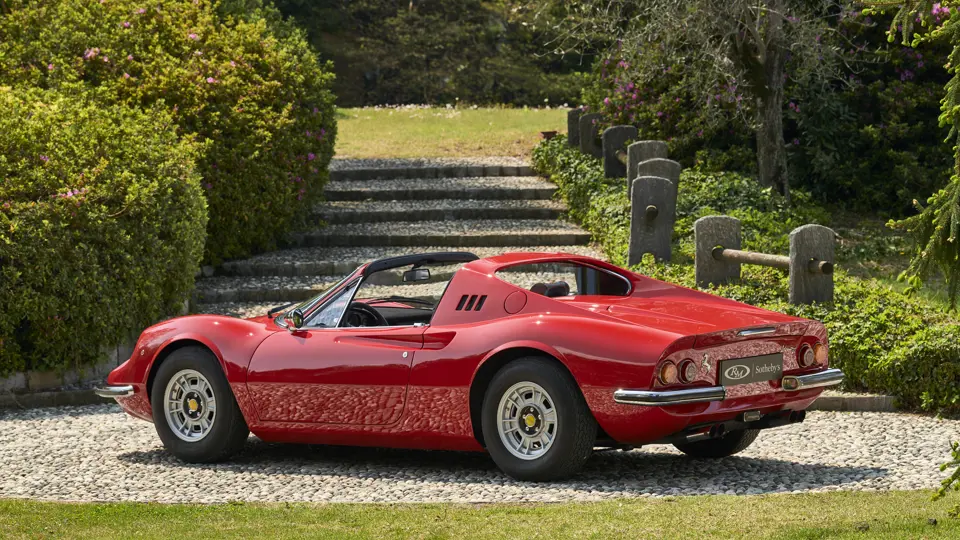
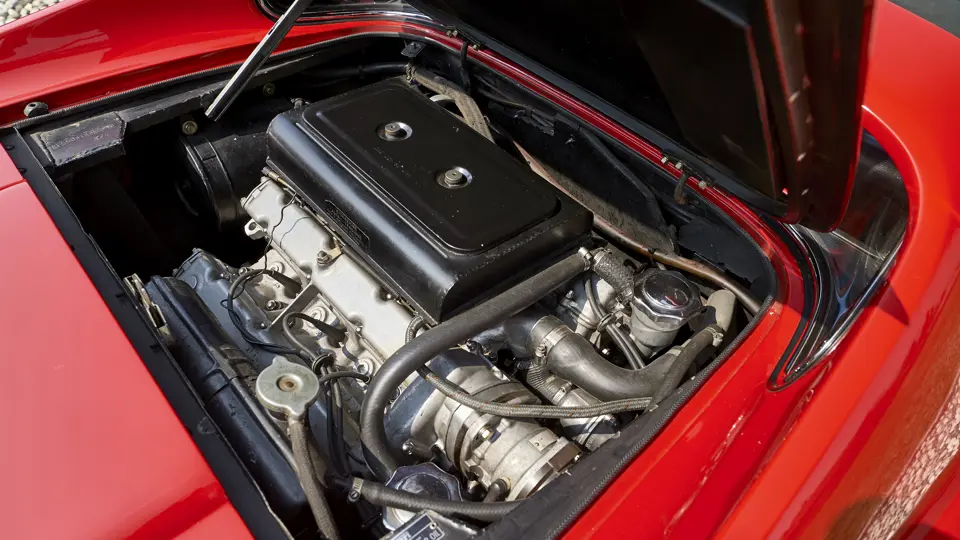


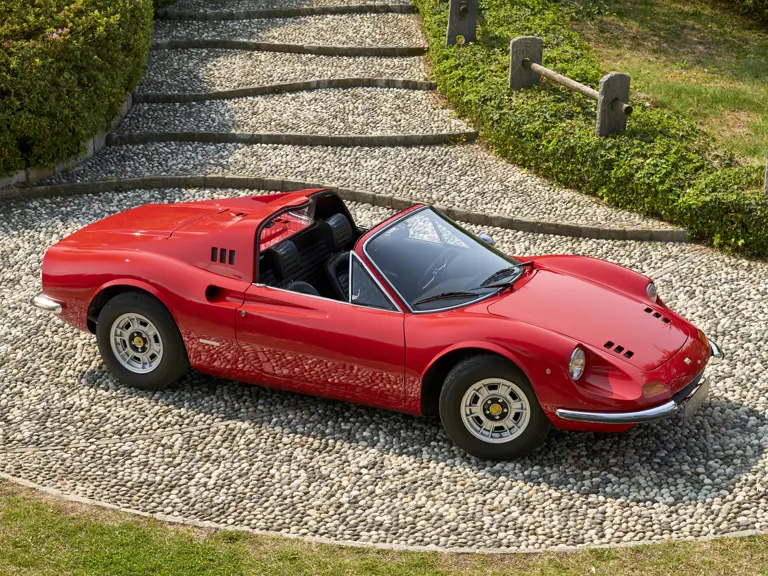
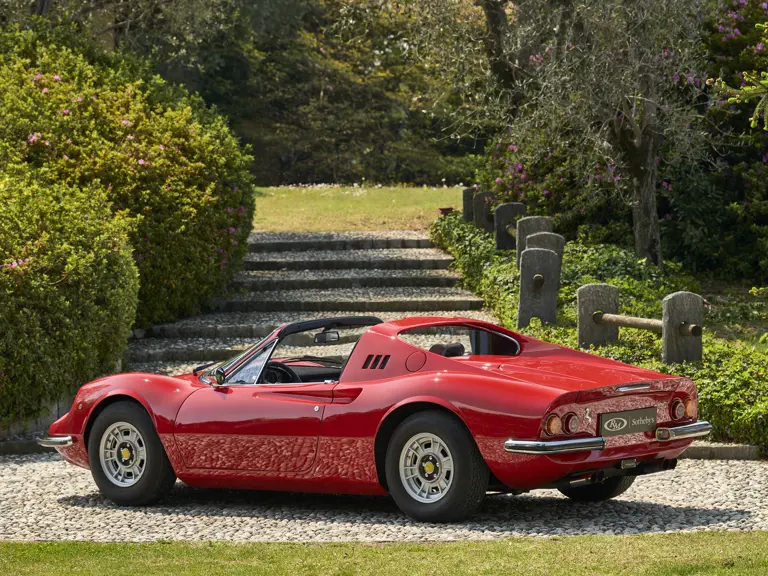
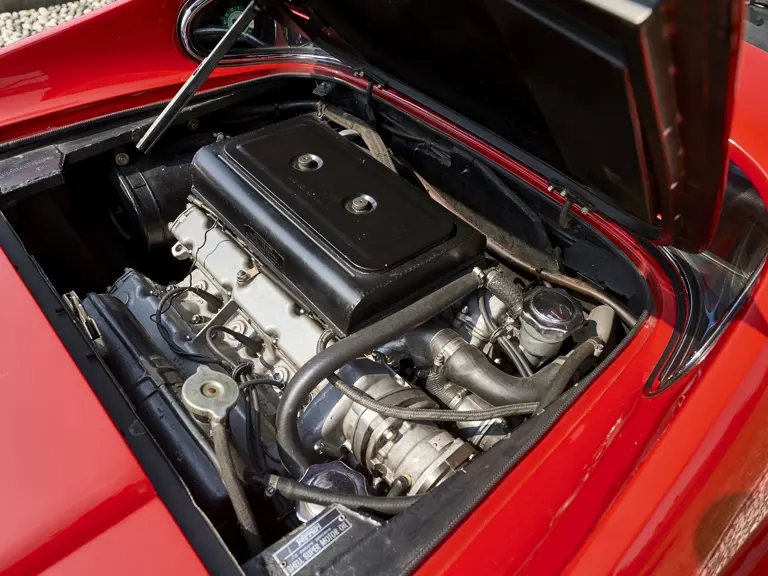

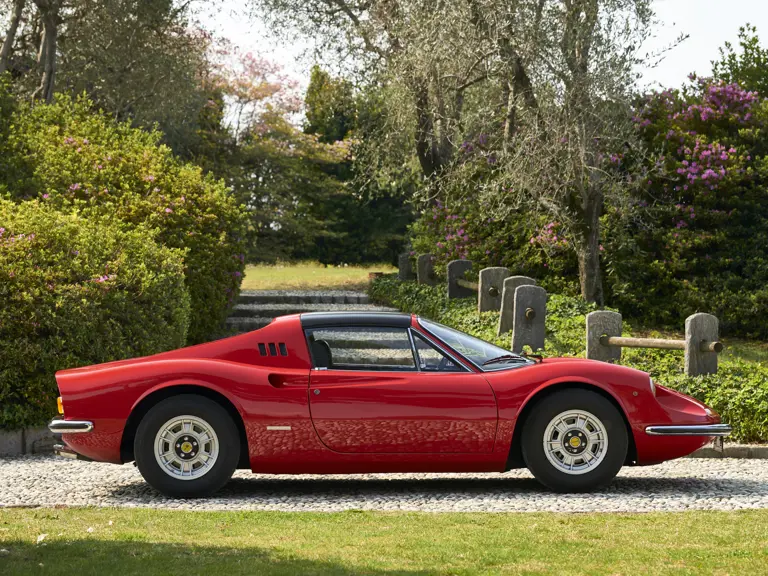
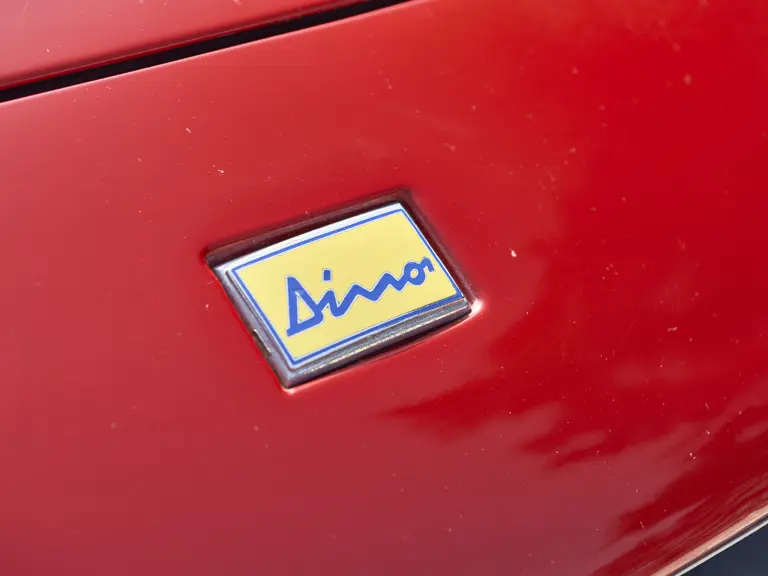
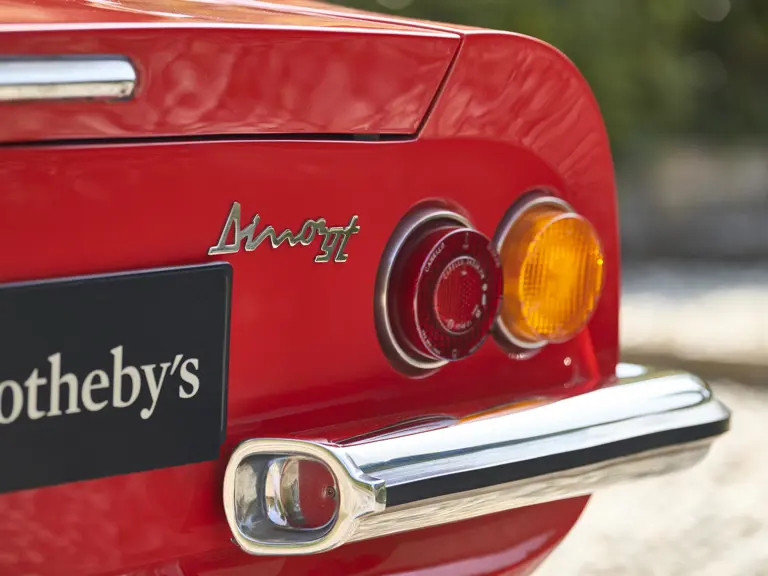

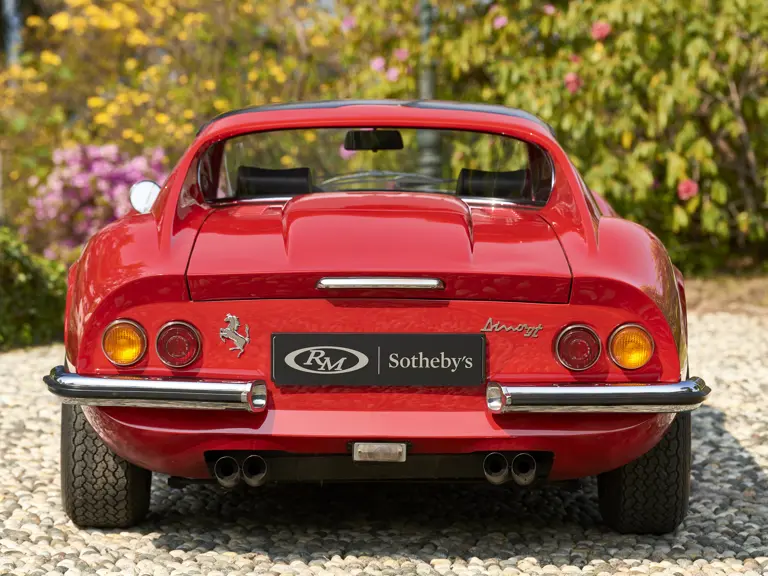
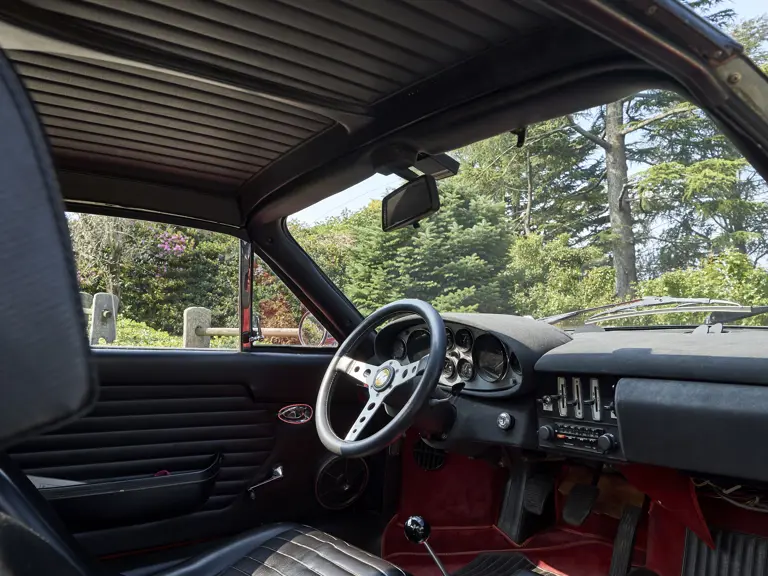
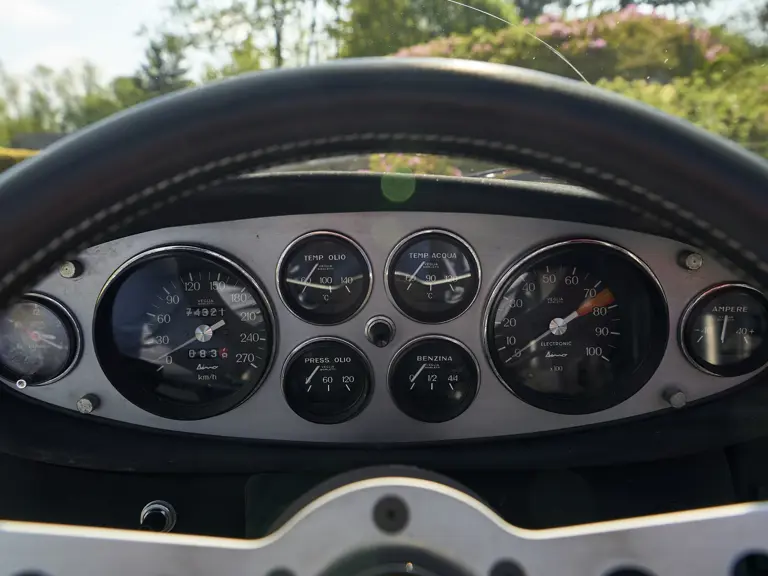
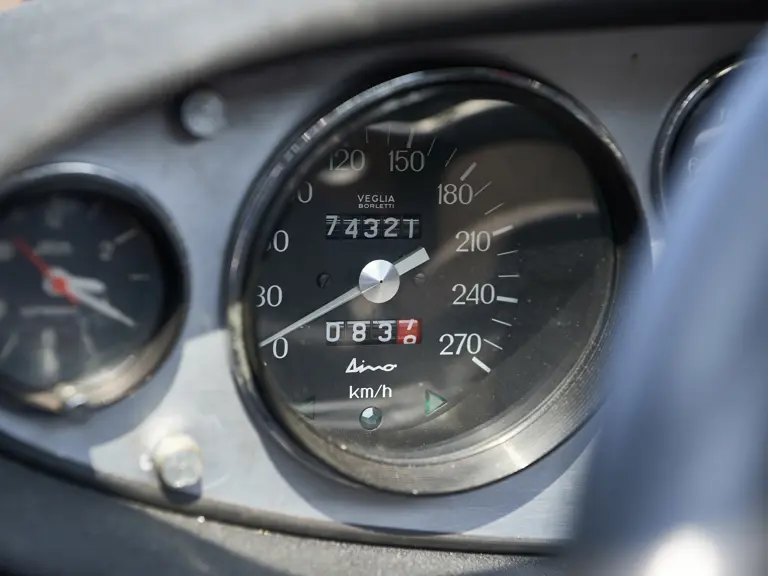


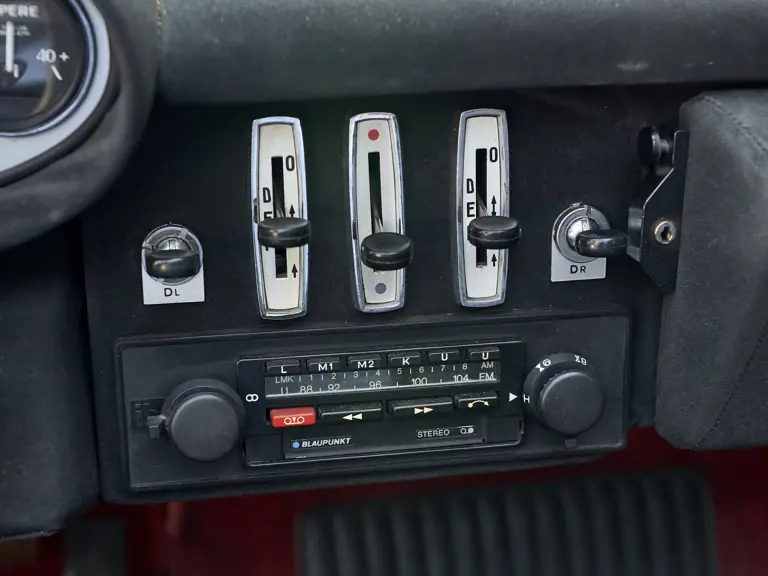
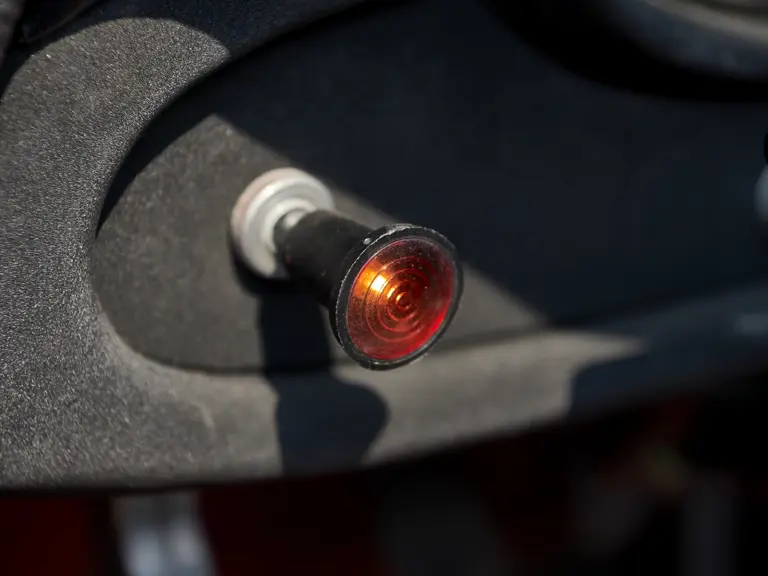

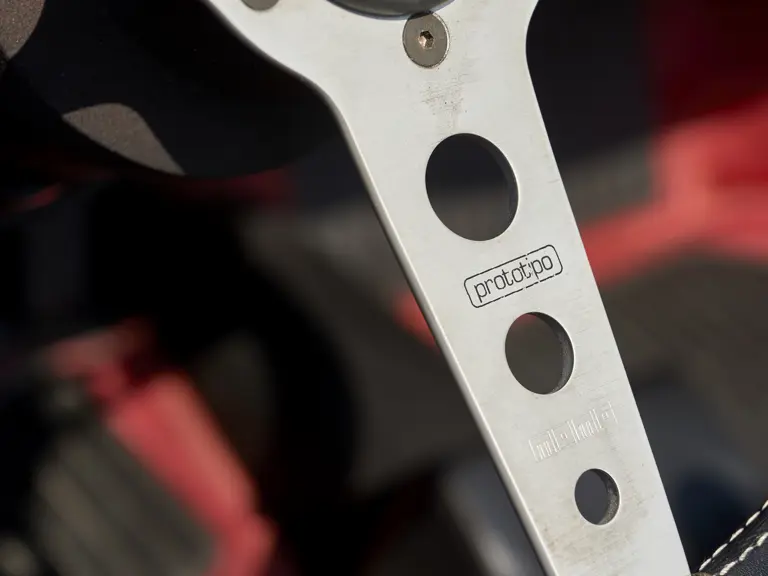

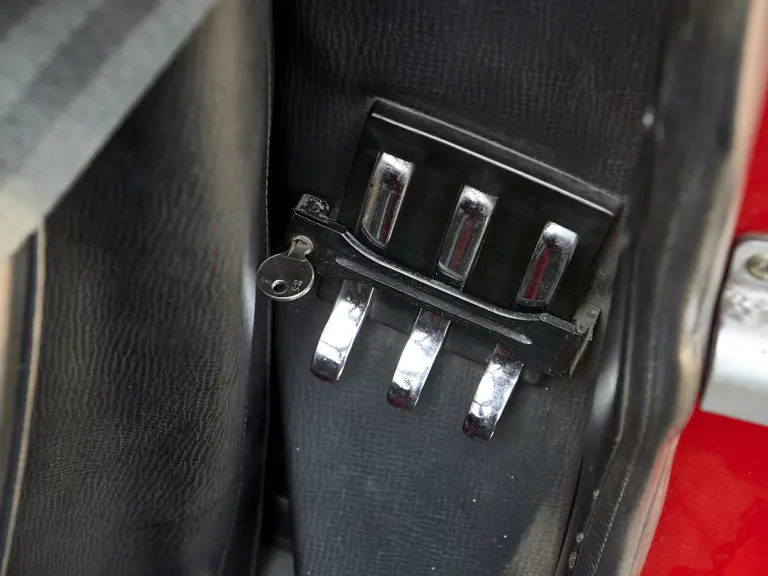
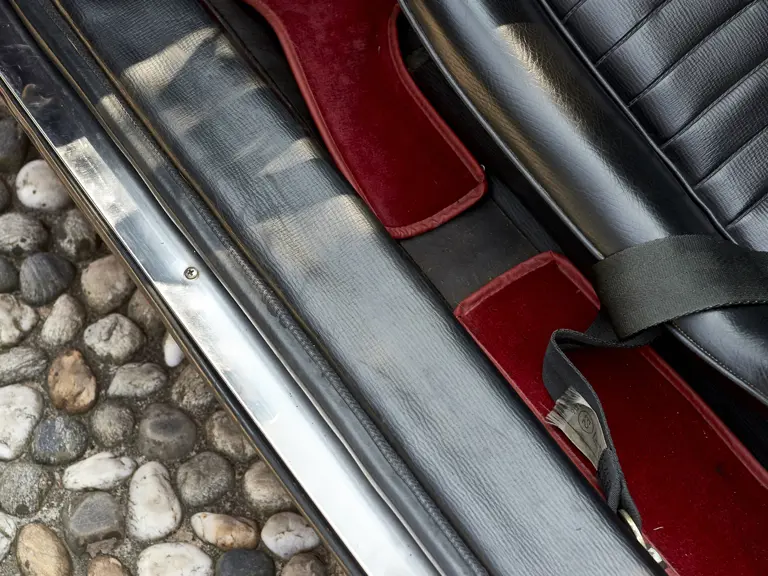
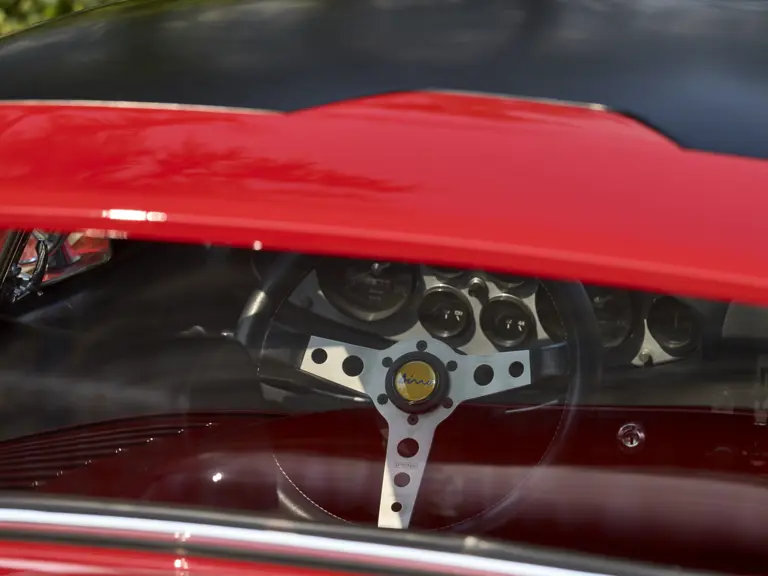
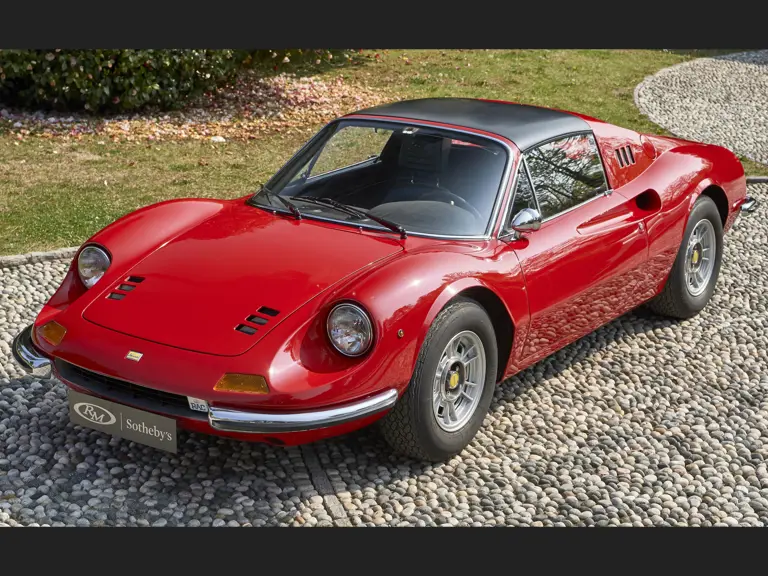

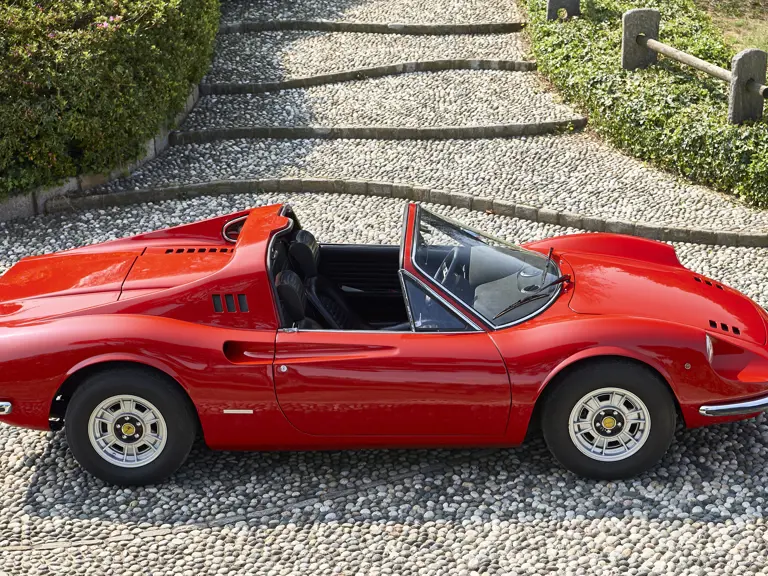
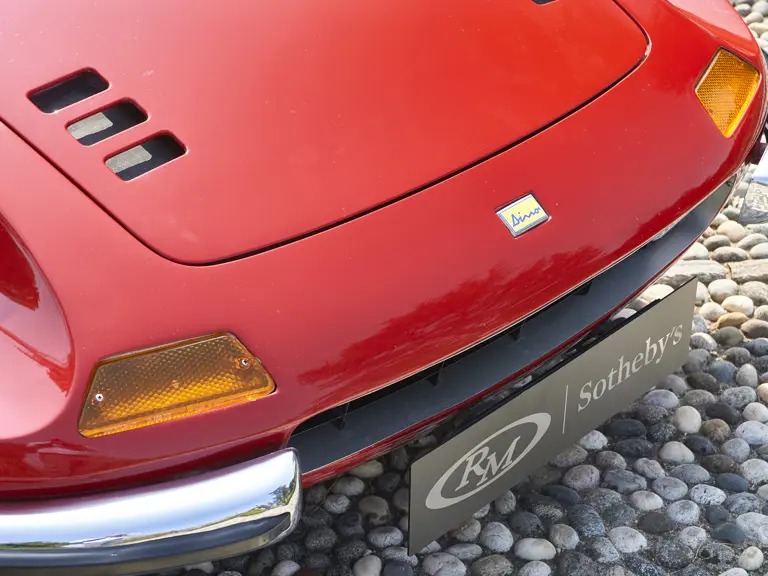
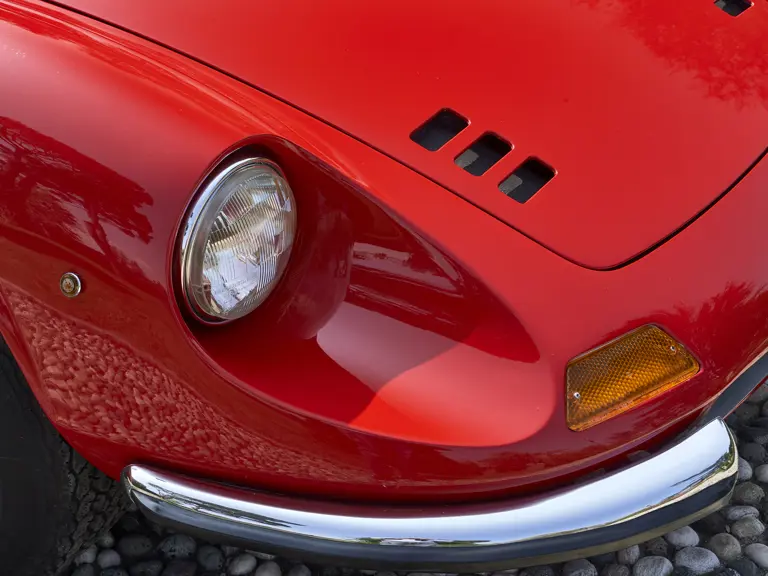
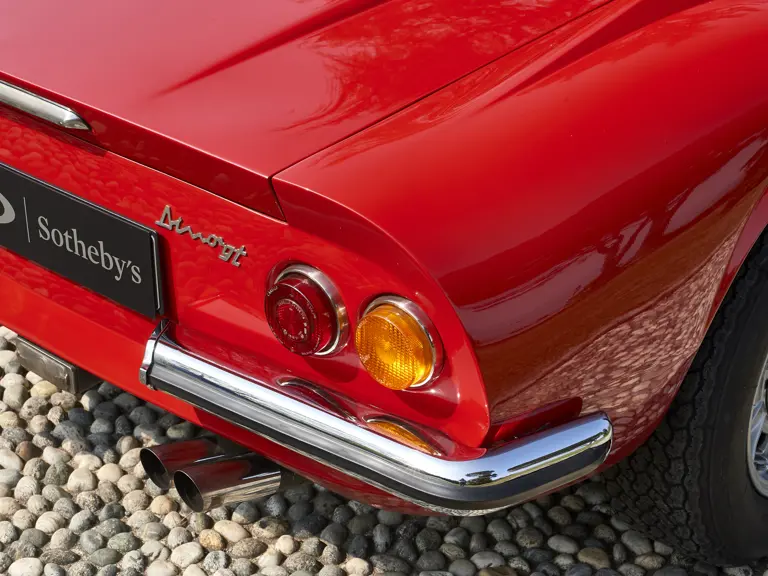
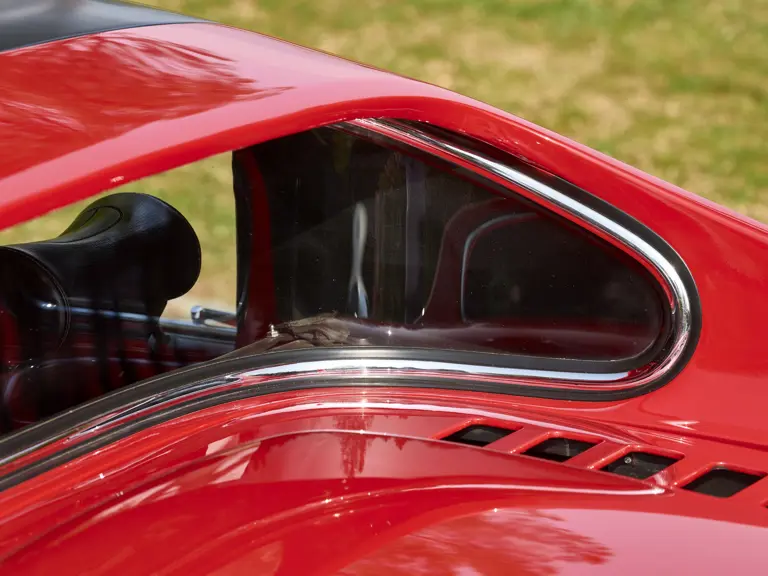


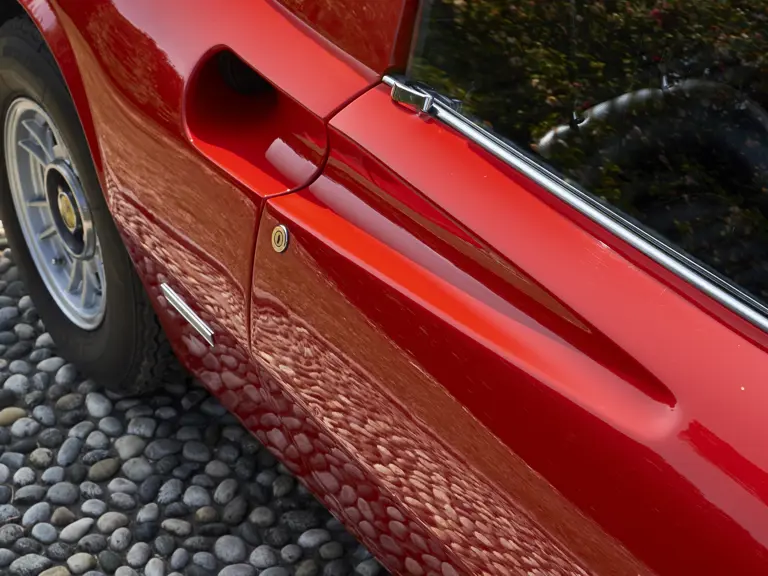
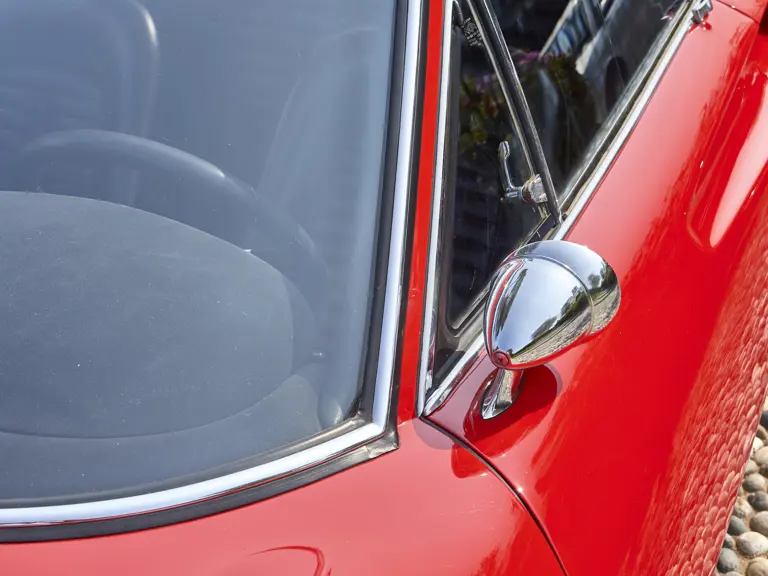
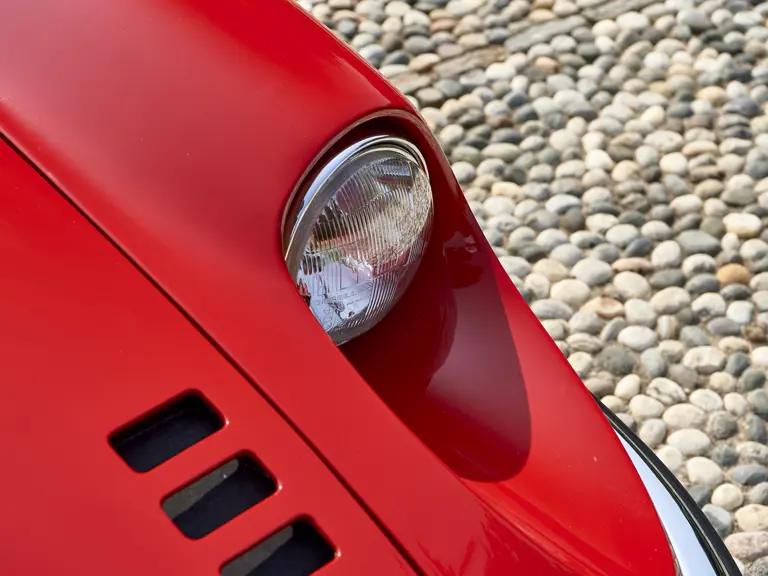
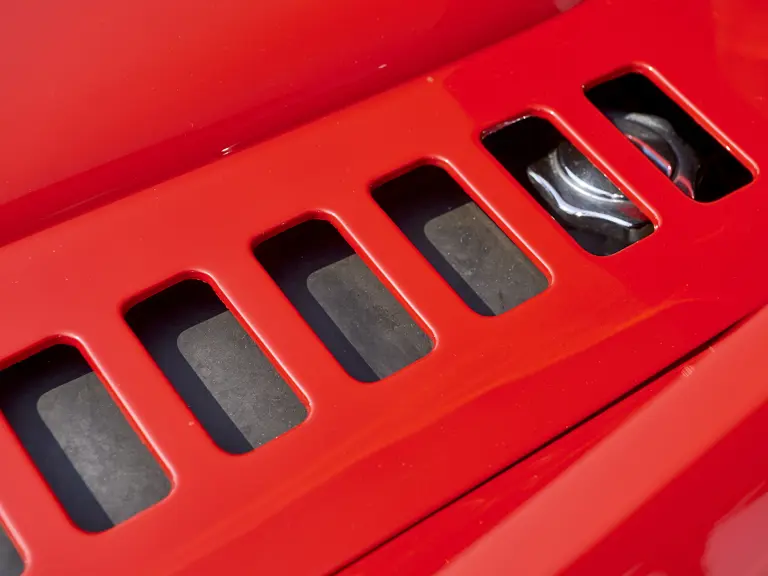
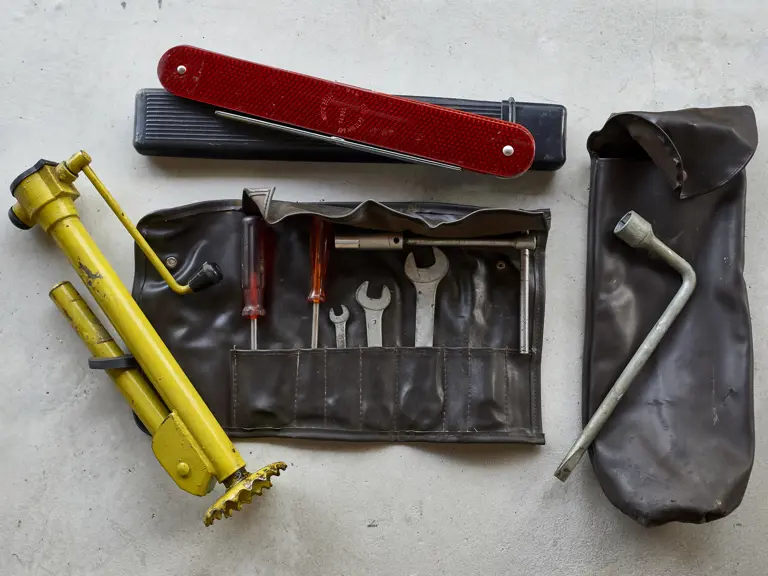
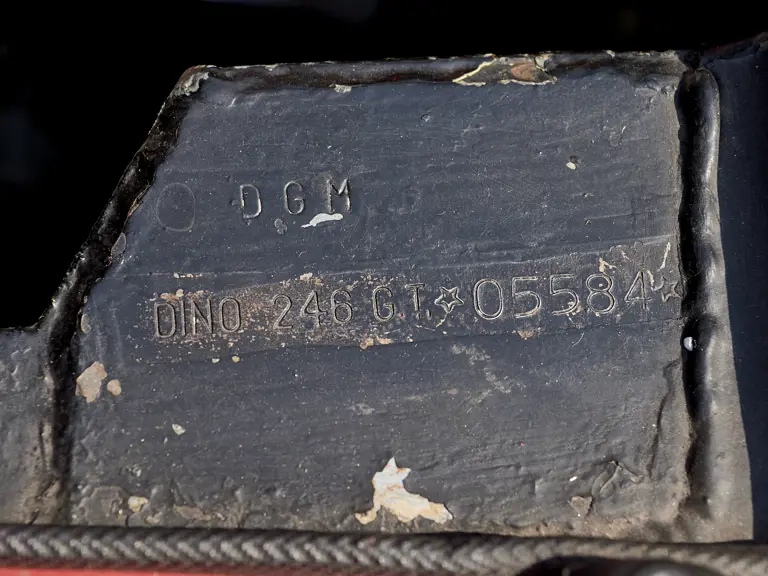
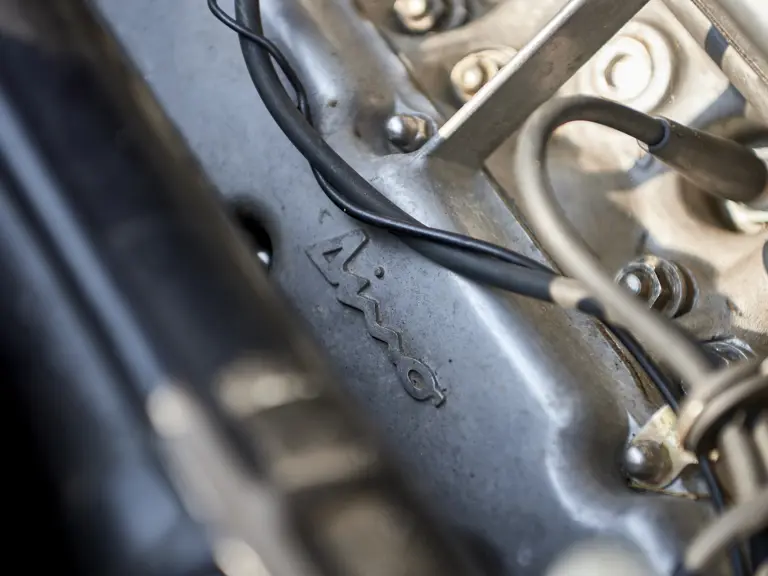
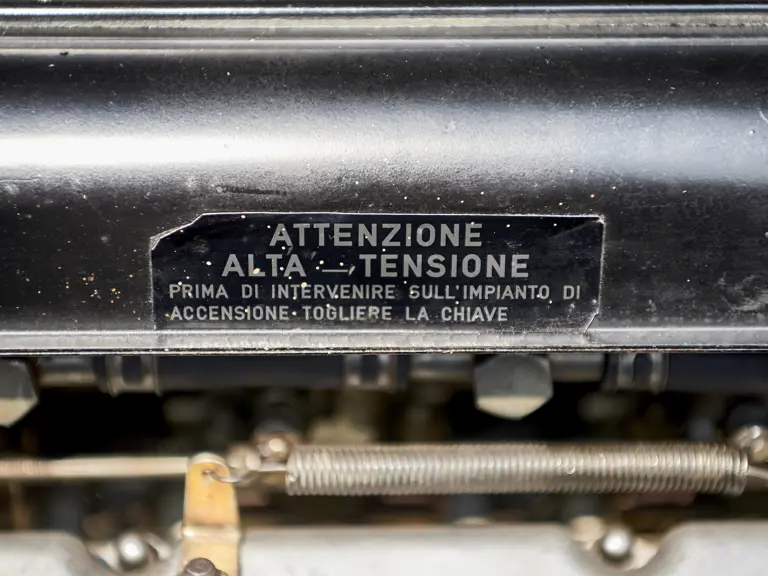

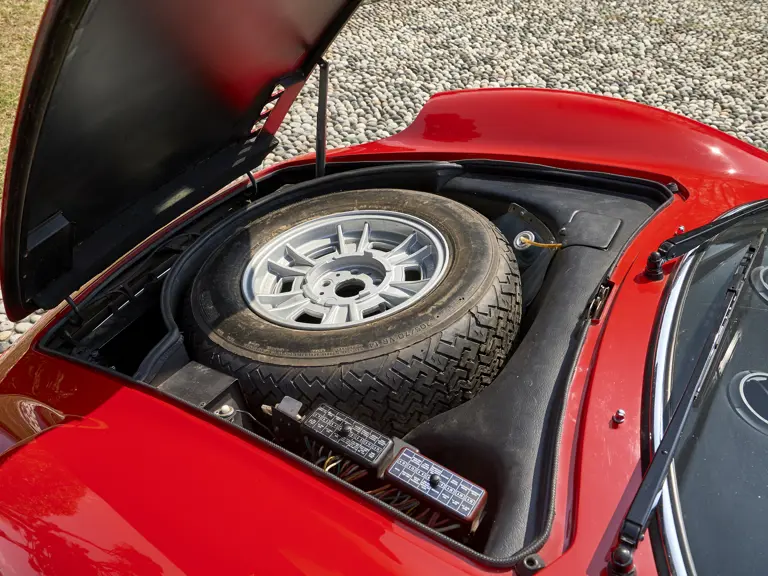
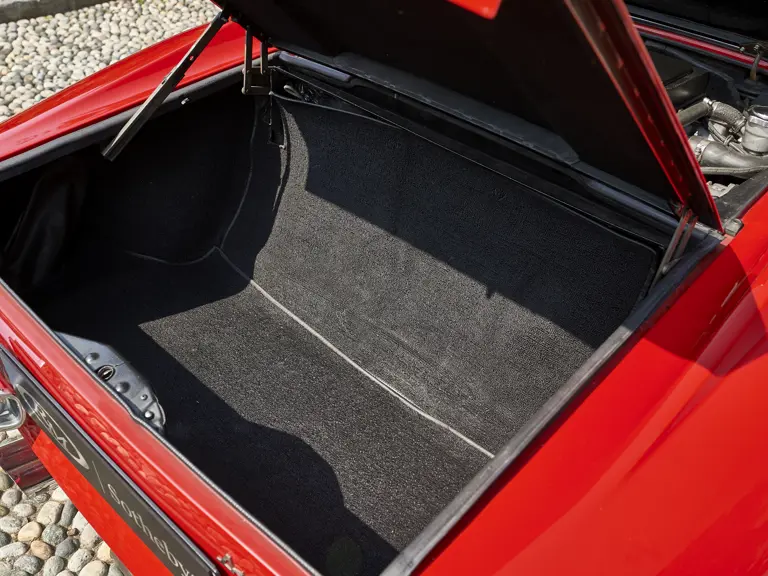

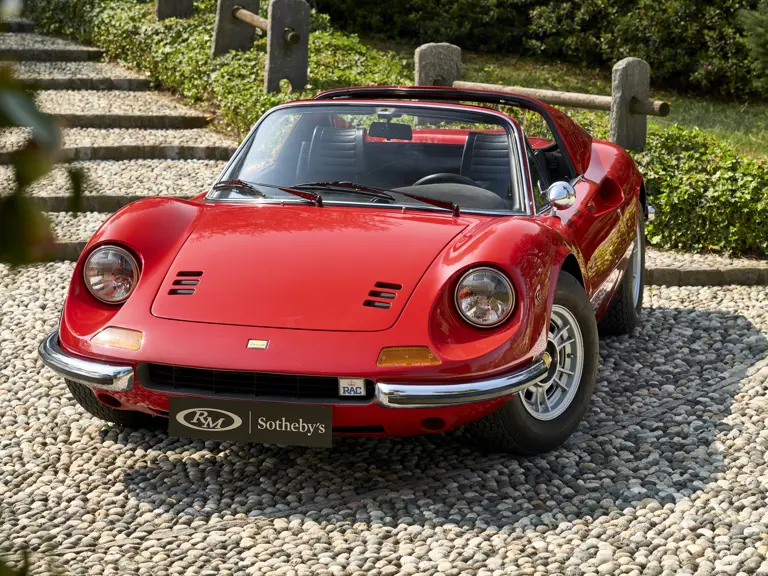
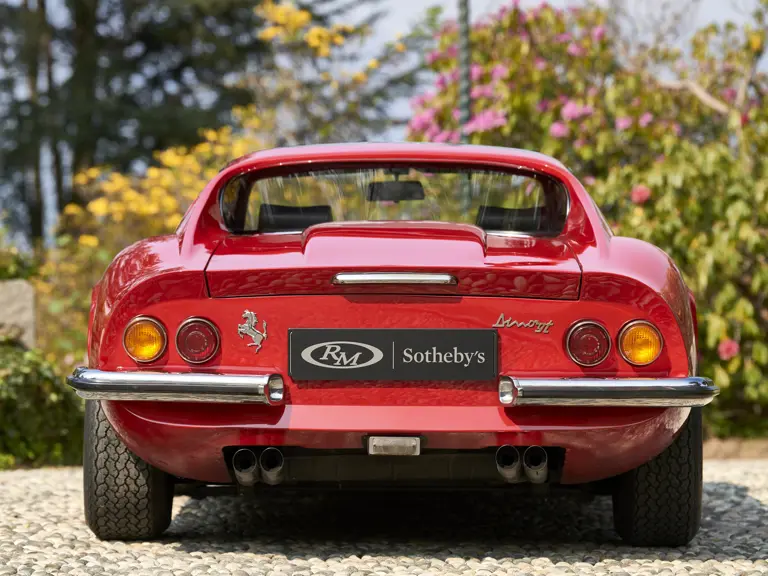
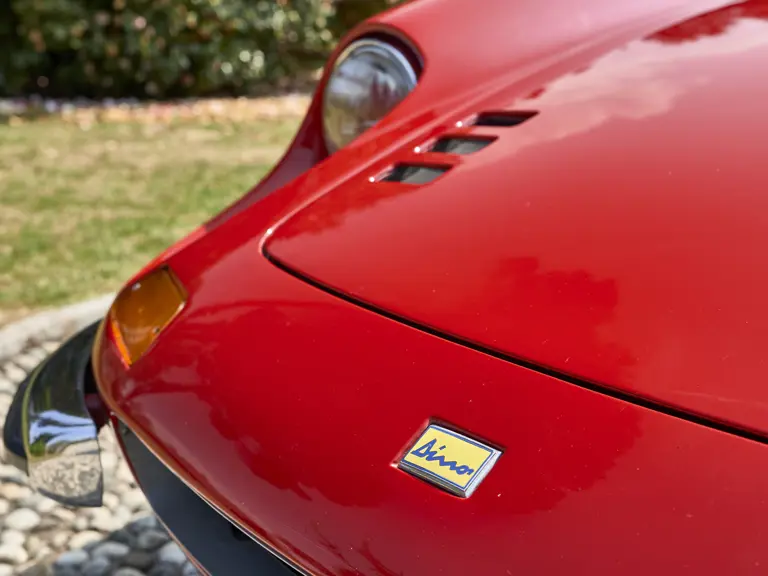
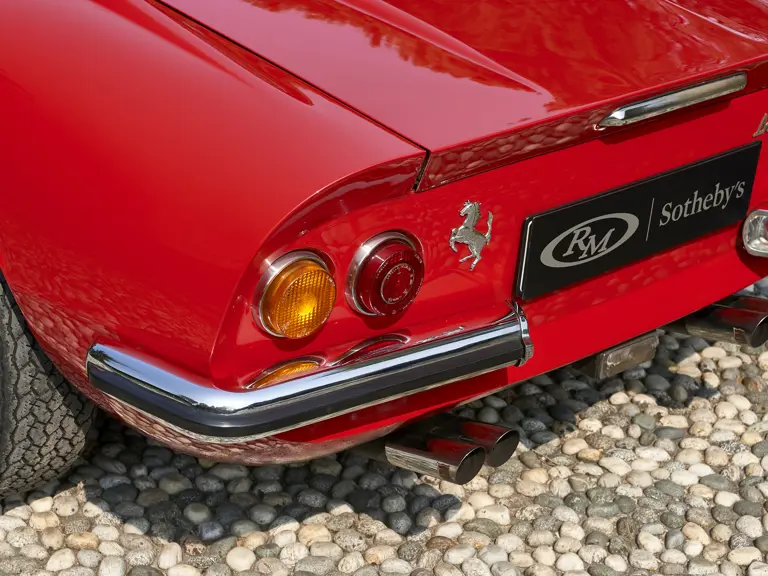


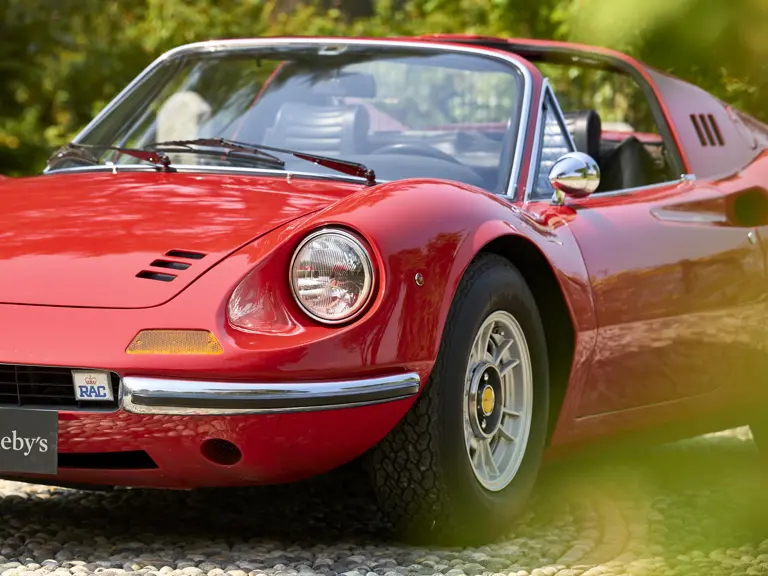


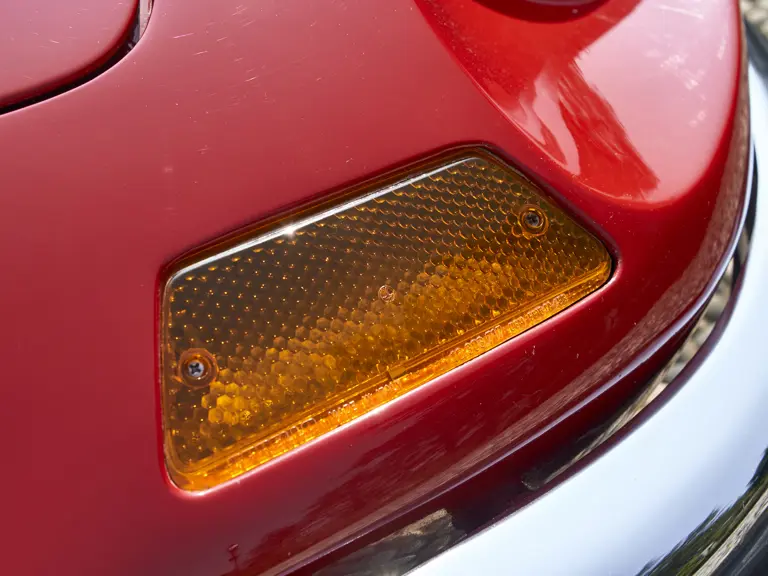
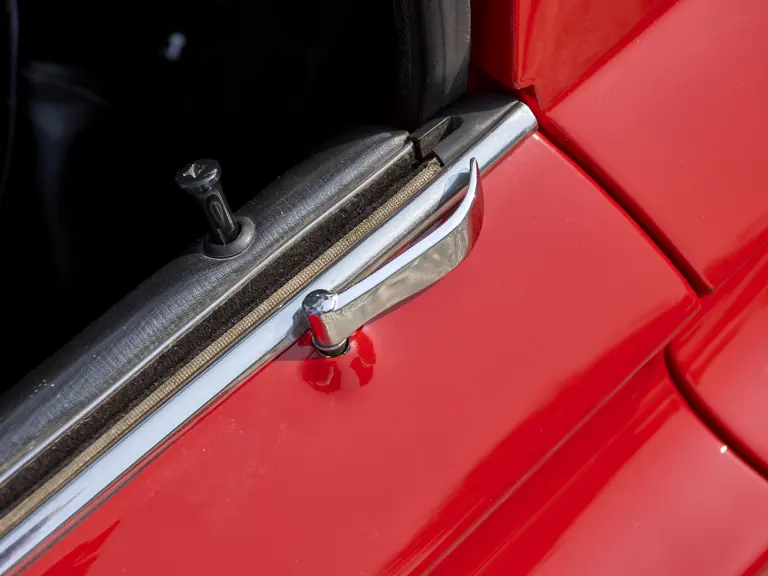
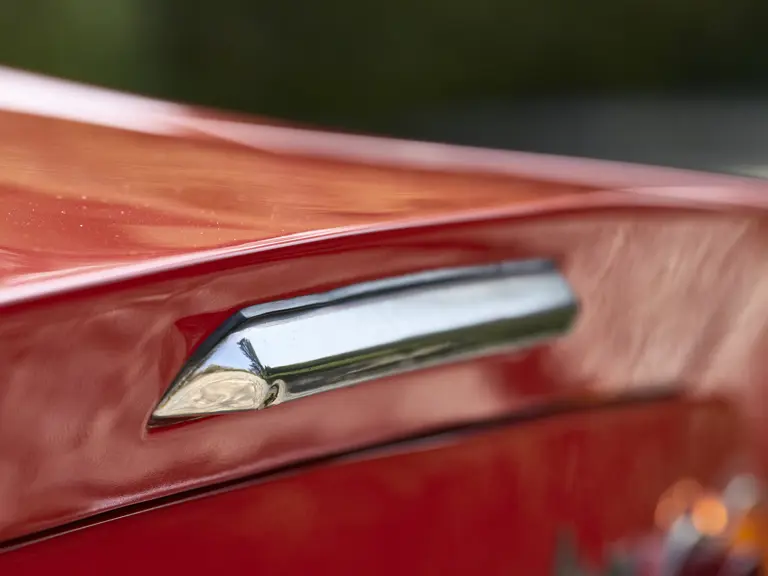
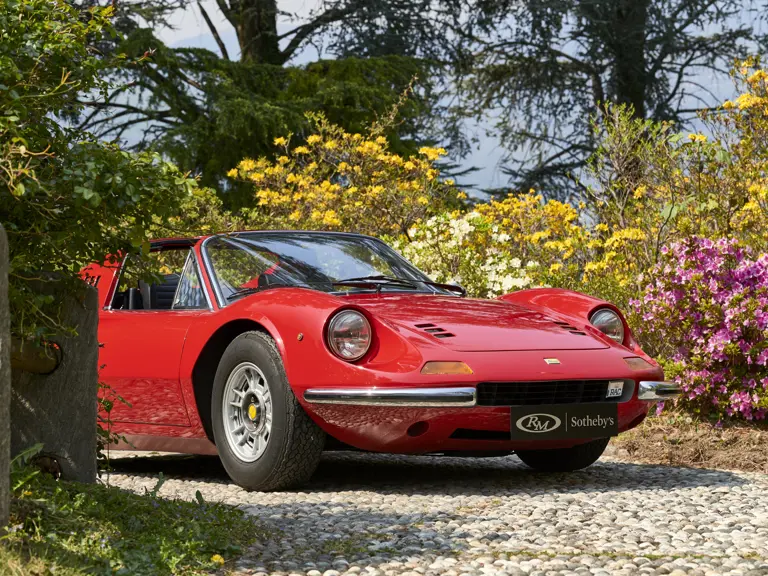

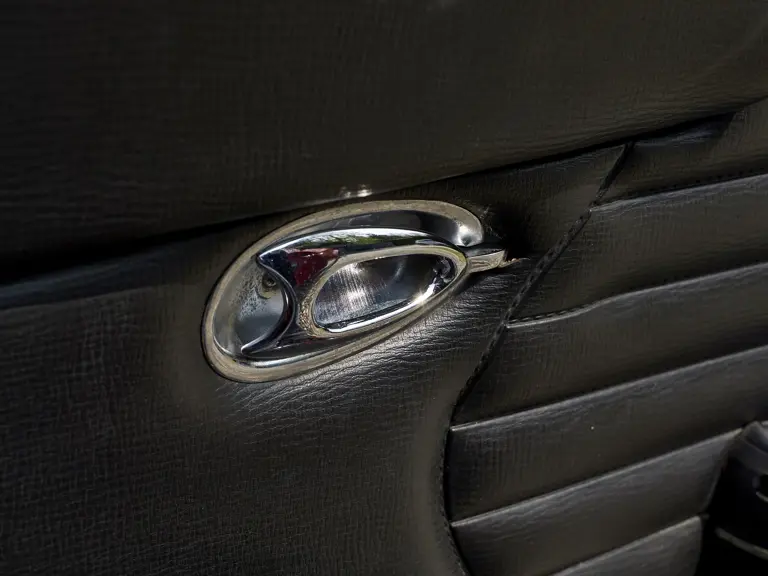

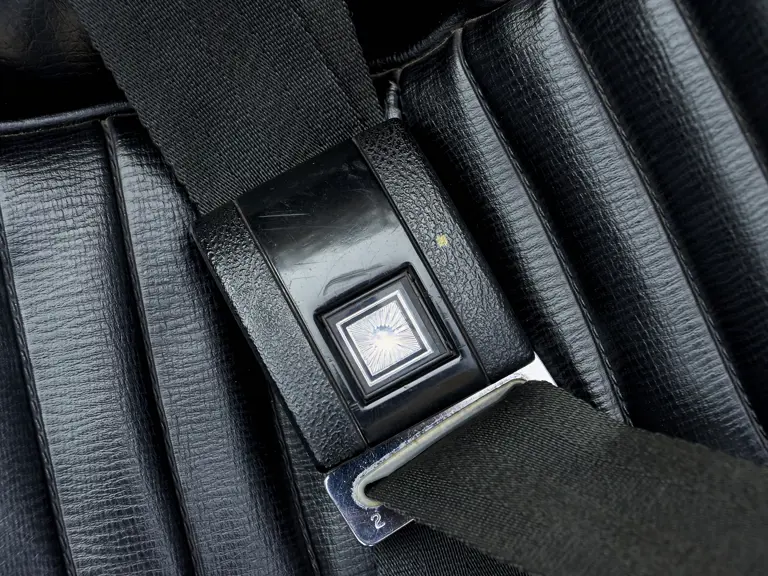
 | Milano, Italy
| Milano, Italy




